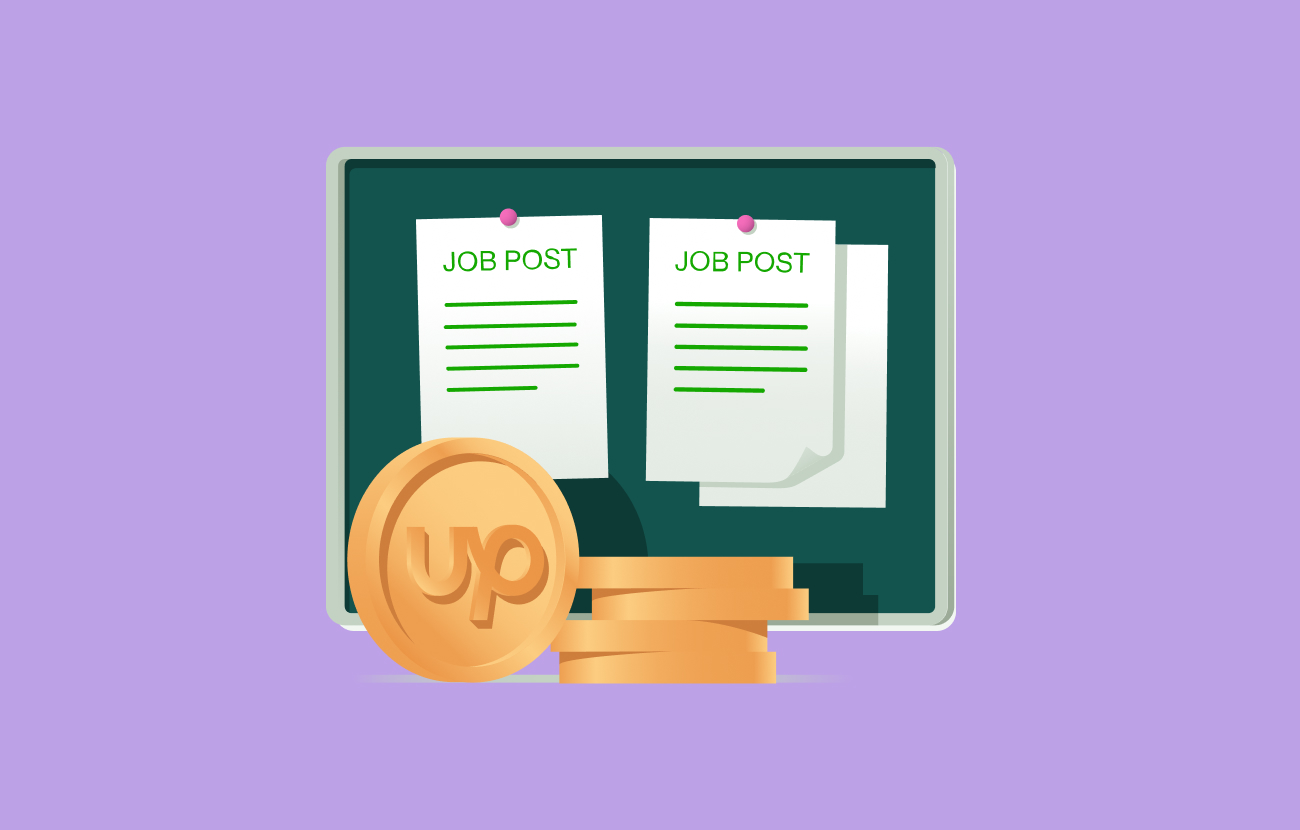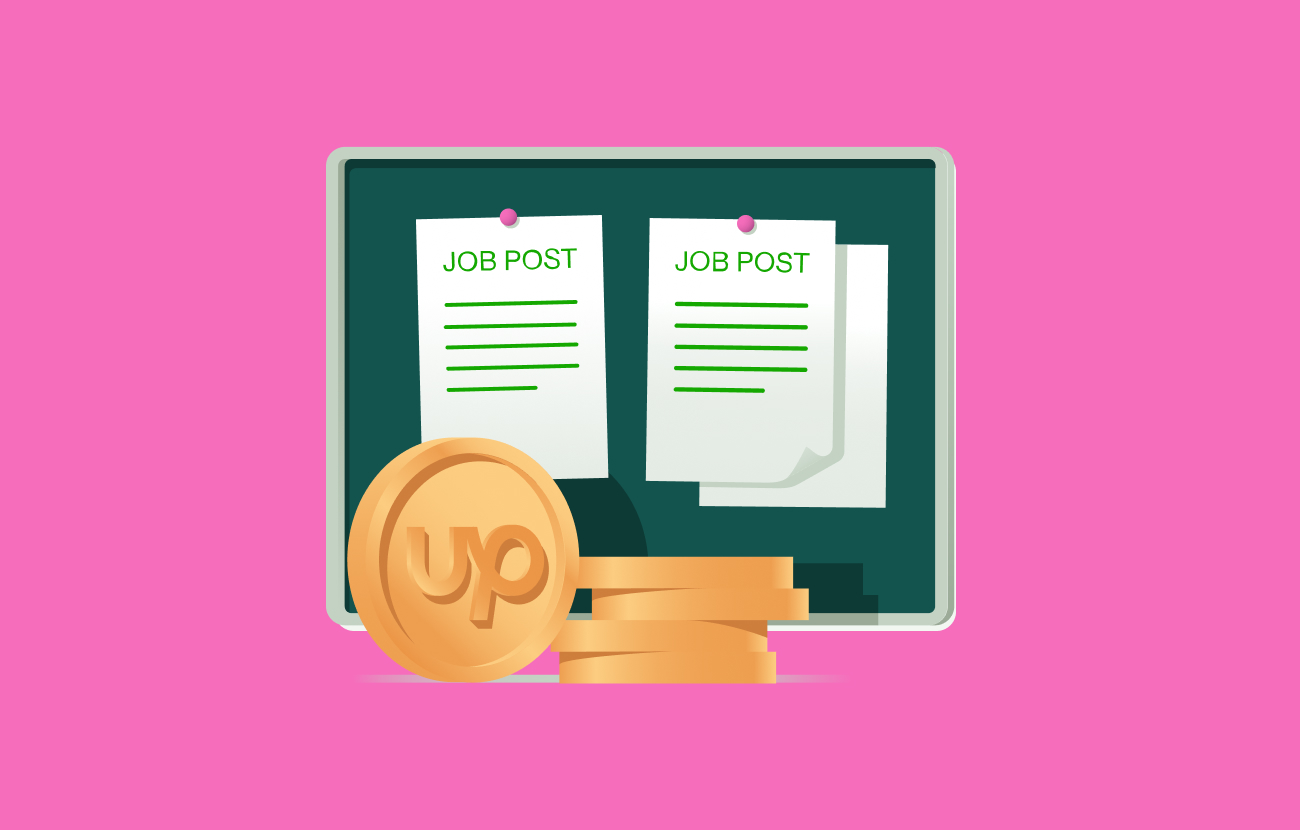Why 2026 Will Reward SMBs That Operationalize Adaptability — and How to Do It
See how leading SMBs turn adaptability into an advantage, and keep growing no matter how the market shifts.

Innovation isn’t a luxury for small and medium-sized businesses (SMBs); it’s a growth engine. “The key differentiator of highly confident SMB leaders is a culture of experimentation. One where you can try, fail, and try again,” said Dr. Gabby Burlacu of The Upwork Research Institute.
Still, confidence — and investment in innovation — rose and fell with the economy in 2025. In Q1, 59% of SMB leaders felt confident, exploring AI tools and bringing in freelance specialists to help them experiment. But when volatility peaked in Q2, confidence dropped, and many leaders paused pilots and slowed hiring. As conditions steadied by summer, confidence rebounded and innovation rose again.
It’s natural that when confidence drops, so does experimentation. But when experimentation slows, innovation and growth suffer. To keep growing, innovation must be consistent.
Bryan Goltzman, co-founder of Liquid Screen Design, proved the point. His team kept innovating even as market uncertainty grew. “Our industry was down about 25-30%, and we were up 20% because we kept finding new ways to solve problems and deliver value,” he said.
Their steady progress reveals a defining truth for 2026: Growth comes when adaptability stops being a reaction and becomes the way you work.
That means adaptability isn’t something you turn on when things get tough. Adaptability is baked into how you plan, hire, and experiment every day. You’re not reacting to change. You’re running a business that’s designed to flex, learn, and keep moving forward when conditions shift.
So how do you do this? Findings from The Upwork Research Institute shows that the SMBs that kept growing through 2025’s volatility share three key practices.
Integrate AI throughout the business
Adopting AI tools here and there won’t keep your business ahead. The SMBs seeing business growth are embedding AI across their operations and giving their teams the skills to make the most of it. This combination of AI-enabled systems and empowered people keeps innovation from stalling when conditions change.
Phil Rasori, chief operating officer of Mortgage Capital Trading, saw this transformation when his team “stopped thinking about AI as a project and started treating it as a new way to work.” After restructuring its software development process around an AI-powered coding environment, the company doubled productivity.
“We stopped thinking of AI as a project and started treating it as a new way to work.”
Goltzman took a similar approach at Liquid Screen Design. Using AI-powered tools, his team reduced routine tasks by about 25%. “We call it intelligent automation,” he said, “because we’re giving our staff more time to work on things that help our customers the most.”
Both leaders emphasize that the goal isn’t to replace people with AI; it’s to amplify what they can do. The time saved using AI is time employees use to focus on learning, creativity, and problem-solving. That, in turn, fuels continuous innovation.
Try this: Instead of adding AI to existing steps, pick one process — like invoicing, customer onboarding, or reporting — and redesign it as if AI were part of it from day one. Clarify what people should keep doing and where AI can add the most value.
See the full conversation and more insights in this video.
Expand your reach, not necessarily your roster
Your ability to adapt depends on the range of skills within your team. However, most SMBs don’t have every capability they need. That’s why 31% of highly confident SMB leaders use freelancers to access specialized expertise in areas like AI, data science, design, and strategy, according to the earlier mentioned Upwork research.
Rosari at Mortgage Capital Trading explained one of the biggest advantages of having such flexibility:
“If you think about a contractor versus a full-time employee in a new technology, and how fast those technologies are changing, I’m more comfortable bringing on a contractor — especially when I’m not fully confident that the use case for the technology will be there.”
When Rosari needs hard-to-find skills, he turns to Upwork. One recent hire, a PhD in mathematics, helped Mortgage Capital Trading implement a new method for processing data “orders of magnitude” faster. “The ability to hire high-quality talent for very new technologies is really valuable to us,” Rasori said. “I don’t know how we would have found that skill set without Upwork.”
Goltzman has built similar flexibility into his 30-person company. He keeps a proven bench of freelance designers, developers, and AI specialists who collaborate daily with U.S.-based staff. “They’re not freelancers to us,” he said. “They’re part of our team.” One of those freelancers, hired in 2018, still works with the company today.
“They’re not freelancers to us. They’re part of our team.”
In 2026, your edge will come from how easily you can access the skills you need, when you need them, and only for as long as you need them.
As many SMB leaders have discovered, flexible hiring can also connect you with professionals whose expertise would be out of reach through traditional recruiting. That kind of access turns innovation from a one-time project into a sustained advantage.
Try this: Identify a skill your team struggles to access or afford full time — such as automation, design, or data analysis — and bring in a freelancer to support your next major project.
Make experimentation everyone’s job
Nearly a quarter (23%) of highly confident SMB leaders made innovation and experimentation core capabilities within their companies. So when the ground shifted below them, teams treated the disruption as a chance to learn faster, not as a threat to their stability.
Goltzman sees experimentation as every team member’s responsibility. “It’s a core principle of our organization,” he said. “We’re always trying new things.” Not every idea succeeds, but each test offers a learning that helps the team find a better solution and deliver more value.
Rasori expects that same curiosity from his teams and considers it a non-negotiable from his leaders. “If they’re not already innovating and looking for the next frontier, they probably shouldn’t be on the leadership team,” he said. “Testing new ideas and staying ready for what’s next,” he added, “is absolutely essential.”
Embedding experimentation in daily work keeps innovation moving, even when conditions change.
Try this: Create a simple feedback loop around every experiment. Define the hypothesis, document what was tested, and share the outcome in an open channel or team meeting. Recognize what worked, and what didn’t, to turn lessons into progress.
Growth belongs to the adaptable
Innovation drives growth, but adaptability sustains it. The SMBs that grew stronger through 2025 designed systems that made innovation continuous, no matter how unpredictable the market became.
You can keep growing in 2026 by structuring the business to evolve with change. Start by redesigning one process with AI. Get help by bringing in freelancers for skills your team doesn’t yet have, or to shoulder some of the work so employees can concentrate on higher-level tasks. And make space for experimentation to become a habit for everyone in the business.
The next era of growth won’t reward the biggest organizations; it will reward the ones built to adapt.
And remember, the most adaptable businesses don’t navigate change alone. See how Business Plus helps you quickly connect with the specialized talent you need to drive innovation.






.png)
.png)
.png)
.png)
.png)



.svg)
.svg)





















